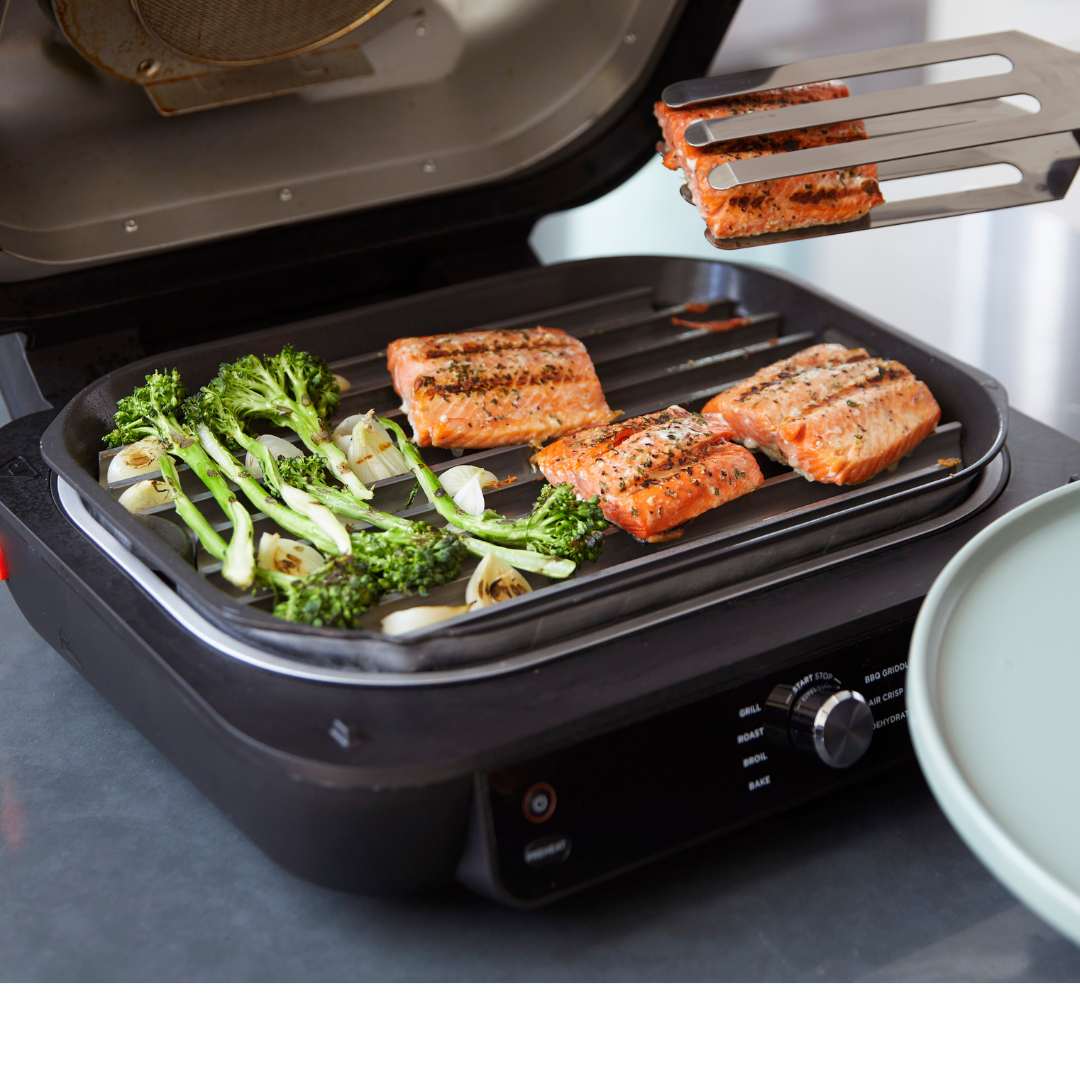Whether you’re a seasoned athlete or a weekend warrior, having the right gear can make a significant difference in your performance and enjoyment of the sport. From the basic essentials to more sport-specific equipment, the right tools are crucial for both safety and effectiveness. This essay explores the essential gear required for a variety of popular sports, highlighting how each item contributes to a better sporting experience.
General Sports Equipment
1. Appropriate Footwear Regardless of the sport, appropriate footwear is paramount. The right shoes provide the necessary support, traction, and cushioning needed to perform movements safely and effectively. For instance, running shoes are designed with different support features and materials to accommodate the intensity and mechanics of running, while basketball shoes provide ankle support and shock absorption necessary for the quick pivots and jumps in the game.
2. Protective Gear Safety should always be a priority, and protective gear is a fundamental component of any sports equipment list. Helmets for biking and contact sports like football and hockey, shin guards for soccer, knee pads for volleyball, and wrist guards for skateboarding are all examples of essential items that protect against injuries.
3. High-Quality Apparel Sport-specific clothing can enhance performance by managing sweat, providing freedom of movement, and regulating body temperature. Moisture-wicking fabrics help keep the body dry and comfortable, compression wear supports muscles and may improve recovery, and thermal gear is crucial for cold-weather sports to maintain warmth without sacrificing mobility.
Equipment for Specific Sports
4. Team Sports: Soccer, Basketball, and Football
- Soccer: Cleats, shin guards, and a well-constructed ball are essential. Goalkeepers will also need gloves and padded clothing.
- Basketball: Beyond appropriate shoes, a high-quality basketball designed for the playing surface, whether indoor or outdoor, is essential.
- Football: Helmets, shoulder pads, cleats, and a football are necessities. Additional padding, mouthguards, and specialized gloves for different positions are also critical.
5. Individual Sports: Tennis and Golf
- Tennis: A racket tailored to your skill level and playing style is crucial. Balls, specialized shoes for court traction, and a high-quality string are also important.
- Golf: Clubs fitted to your height and swing style, golf balls, gloves for grip, and a bag to carry your equipment are fundamental. High-tech items like rangefinders and swing analyzers can further enhance your game.
6. Water Sports: Swimming and Kayaking
- Swimming: Goggles that provide clear vision and comfort, a swim cap to protect hair and reduce drag, and a swimsuit designed for performance and durability are essential.
- Kayaking: A kayak suited to the water type, a paddle of the right length and blade shape, a personal flotation device, and waterproof clothing gear for weather protection are must-haves.
7. Winter Sports: Skiing and Snowboarding
- Skiing: Skis, ski boots, poles, a helmet, goggles, and thermal ski wear are essential for both safety and performance.
- Snowboarding: A snowboard that matches your weight and riding style, boots, bindings, a helmet, and protective padding are key for a safe and enjoyable experience.
8. Adventure Sports: Rock Climbing and Mountain Biking
- Rock Climbing: Climbing shoes, harnesses, ropes, carabiners, and a helmet are crucial for safety. Chalk and bags can improve grip and comfort.
- Mountain Biking: A durable mountain bike, helmet, gloves, and protective eye gear are necessary. Hydration packs and GPS devices are useful for long trails.
Maintenance and Care of Sports Gear
9. Regular Inspection and Replacement Regular maintenance of your sports gear is vital to ensure it provides the intended performance and safety. Regular checks for wear and tear, proper cleaning after use, and timely replacement of gear that is damaged or outdated are crucial routines that can prevent injuries and improve the overall sporting experience.
10. Investing in Quality Investing in high-quality gear might initially seem expensive, but it often proves economical in the long run due to better durability and enhanced performance. Moreover, superior equipment can offer better protection from injuries, making it a worthwhile investment.









